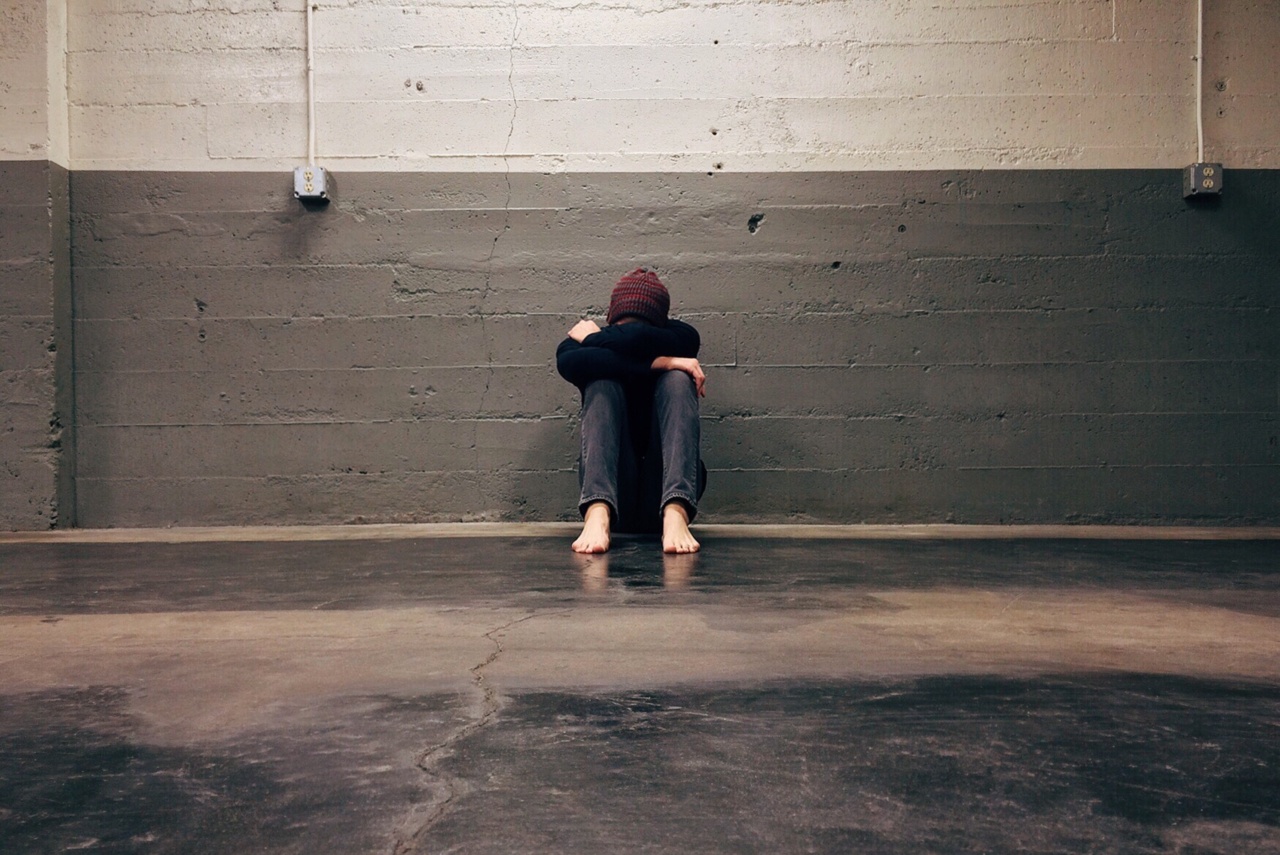When it comes to our emotional well-being, fear and doubt are two common experiences that can often contribute to anxiety.
While fear and doubt share some similarities, they are distinct emotions that arise from different sources and can have varying effects on our mental state. In this article, we will explore fear versus doubt, examining their origins, manifestations, and the extent to which they foster anxiety in our lives.
The Nature of Fear
Fear is an intense emotional response to an immediate threat or danger. It is a primitive survival mechanism that activates the fight-or-flight response in our bodies, preparing us to either confront a threat head-on or escape from it.
Fear serves as a vital instinct for our safety and protection.
While fear can be essential for our survival, it can also become irrational and disproportionate. In some cases, fear can develop into phobias, which are excessive and irrational fears of specific objects, situations, or activities.
Phobias can severely impact an individual’s daily life, limiting their ability to engage in normal activities and causing significant distress.
Doubt: The Ambiguity Paradox
Doubt, on the other hand, is a state of uncertainty or lack of conviction about a belief, decision, or course of action. It is often accompanied by a sense of hesitancy, skepticism, or second-guessing.
Doubt arises when we are unsure about the potential outcomes of a situation, and we become uncertain about whether our beliefs or actions are appropriate.
Unlike fear, doubt is a cognitive experience rather than an immediate emotional response. It emerges when we encounter contradictory information, conflicting evidence, or when we face the unknown. Doubt can be seen as a double-edged sword.
While it can be a healthy mechanism for critical thinking and exploration, it can also lead to indecisiveness, anxiety, and a sense of being stuck.
Manifestations of Fear
Fear can manifest itself in various ways, both physically and emotionally.
When faced with fear, our bodies activate the sympathetic nervous system, leading to physiological changes such as increased heart rate, shallow breathing, sweaty palms, and muscle tension. Emotionally, fear often evokes feelings of terror, panic, unease, or dread.
Fear influences our behavior, pushing us to seek safety and security. This can result in avoidance behaviors, where individuals go to great lengths to evade the source of their fears.
Fear can also decrease our willingness to take risks or try new experiences, hindering personal growth and development.
Manifestations of Doubt
Doubt, being a more cognitive state, doesn’t have the same immediate physiological responses as fear. However, it can still impact us profoundly on an emotional level. Doubt often spawns feelings of confusion, anxiety, and mental unrest.
It can keep us trapped in a state of perpetual uncertainty, causing us to question ourselves and our abilities.
On a cognitive level, doubt can foster overthinking and rumination. We incessantly analyze options, weigh pros and cons, and consider what-ifs, often leading to decision paralysis.
This constant second-guessing interferes with our ability to trust ourselves and undermines our confidence.
The Relationship Between Fear and Doubt
Fear and doubt are not mutually exclusive, and they often coexist or feed into each other. In some cases, fear can give birth to doubt, as we question our ability to confront or overcome the source of our fear.
Likewise, doubt can breed fear, as uncertainty creates a sense of vulnerability and apprehension.
For example, let’s consider someone with a fear of flying who experiences doubt about their decision to take a flight.
The fear of flying may lead to doubts about the safety of air travel, causing the individual to question whether they should board the plane. In this scenario, fear and doubt work hand in hand to exacerbate the person’s anxiety about flying.
The Impact on Anxiety
Both fear and doubt can significantly contribute to anxiety. Anxiety is a general term encompassing various disorders characterized by excessive worry, nervousness, and fear.
Anxiety disorders, such as generalized anxiety disorder, social anxiety disorder, or panic disorder, can hamper an individual’s quality of life and impair their ability to function effectively.
While fear tends to elicit a more immediate and intense anxiety response, doubt can breed a chronic, nagging sense of unease.
Fear-related anxiety often arises in acute situations, such as when facing a specific phobia or adrenaline-inducing circumstances. Doubt-related anxiety, on the other hand, can be a steady undercurrent that affects various aspects of life, including relationships, career decisions, and personal fulfillment.
Overcoming Fear and Doubt
While fear and doubt can both contribute to anxiety, there are strategies to overcome them and reduce their impact on our well-being. Here are some approaches:.
1. Identifying and Acknowledging
Begin by recognizing and acknowledging your fears and doubts. Gain a deeper understanding of their root causes and the impact they have on your life. Awareness is the first step toward change.
2. Challenging Negative Thoughts
Engage in cognitive restructuring by challenging negative thoughts and beliefs associated with fear and doubt. Question the validity of your assumptions and replace them with more positive and realistic alternatives.
3. Gradual Exposure
If fear is at the core of anxiety, consider gradual exposure techniques to face your fears progressively.
This can involve systematically exposing yourself to the feared object or situation while utilizing relaxation techniques to manage anxiety levels.
4. Building Self-Confidence
Work on boosting your self-confidence and self-esteem. Engaging in activities that stretch your comfort zone and celebrating your achievements can help cultivate a sense of belief in your abilities.
5. Seeking Support
Reach out to trusted friends, family members, or mental health professionals who can provide support, guidance, and perspective. Talking about your fears and doubts can alleviate some of the burdens they impose.
6. Mindfulness and Relaxation Techniques
Practice mindfulness and relaxation techniques, such as deep breathing exercises, meditation, or yoga. These techniques can help regulate your emotions and reduce anxiety levels.
7. Seeking Professional Help
If fear and doubt continue to significantly impact your daily life and well-being, seeking professional help from a therapist or counselor can be beneficial.
They can provide specialized guidance and evidence-based treatments, such as cognitive-behavioral therapy (CBT), to address your specific anxiety-related concerns.
Embracing a Balanced Perspective
While fear and doubt can both contribute to anxiety, it is essential to remember that they are natural emotions that everyone experiences to some extent.
By understanding their origins, manifestations, and impact, we can develop strategies to navigate and manage them effectively. With the right tools and support, we can transcend anxiety and cultivate a more balanced perspective while embracing the uncertainties that life presents.






























